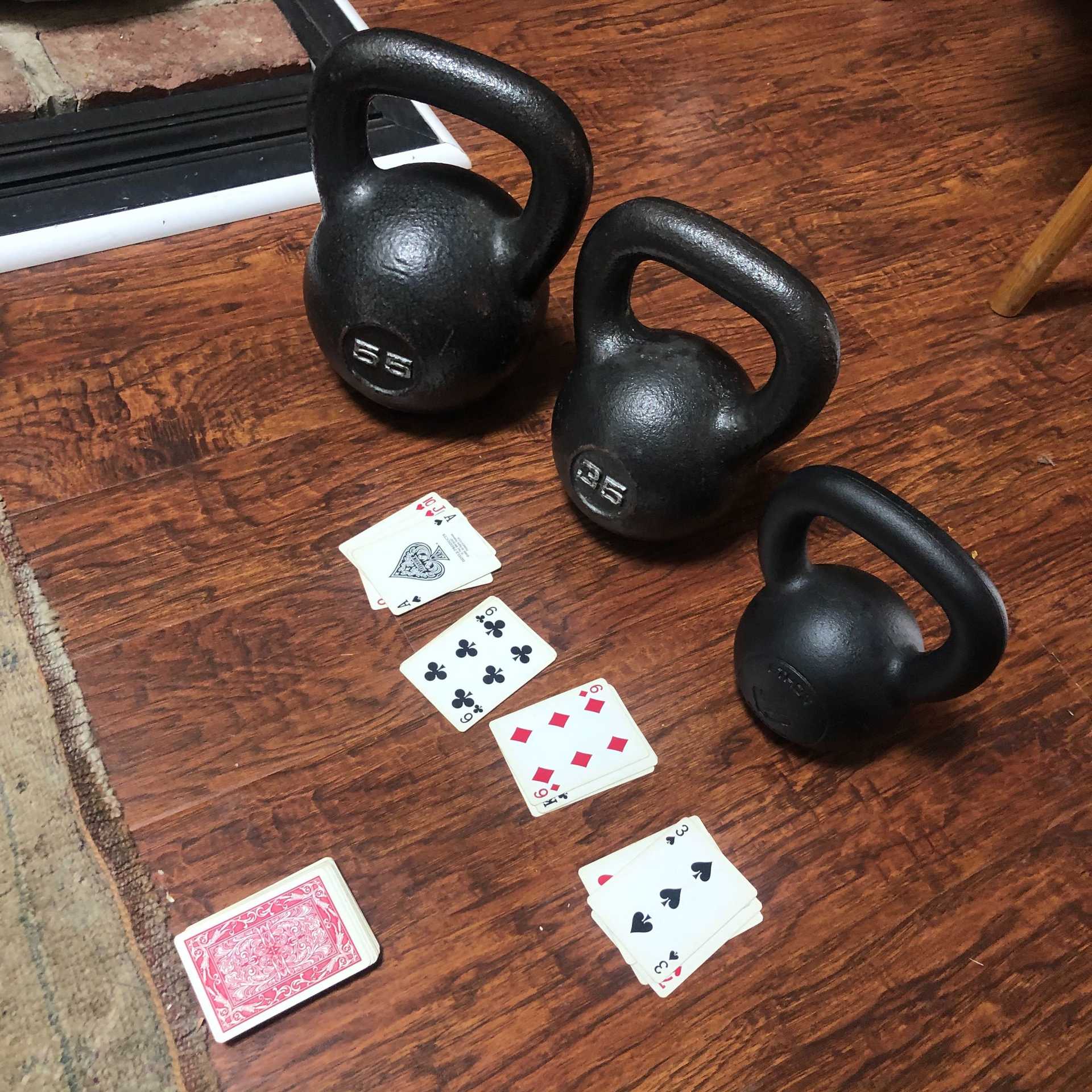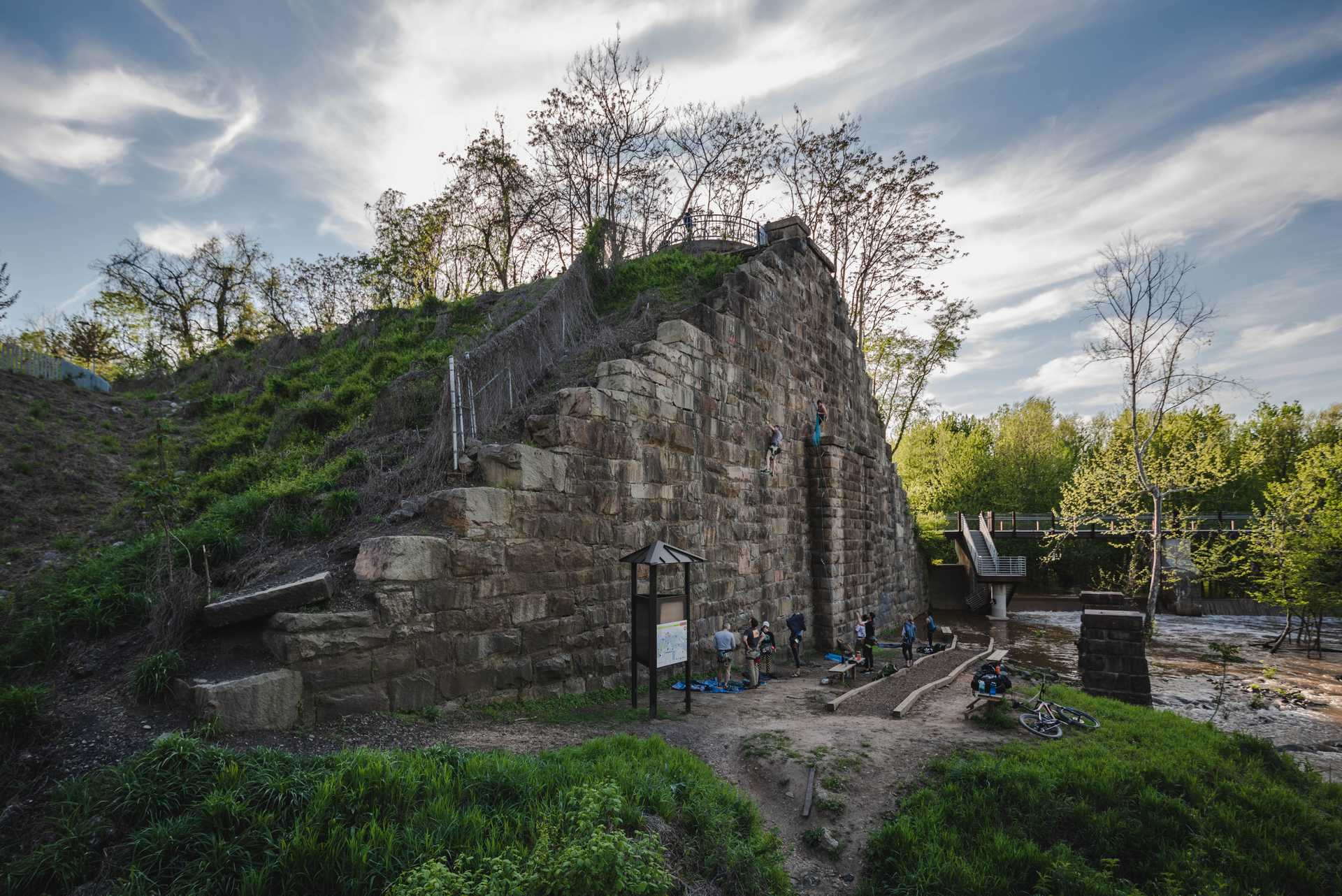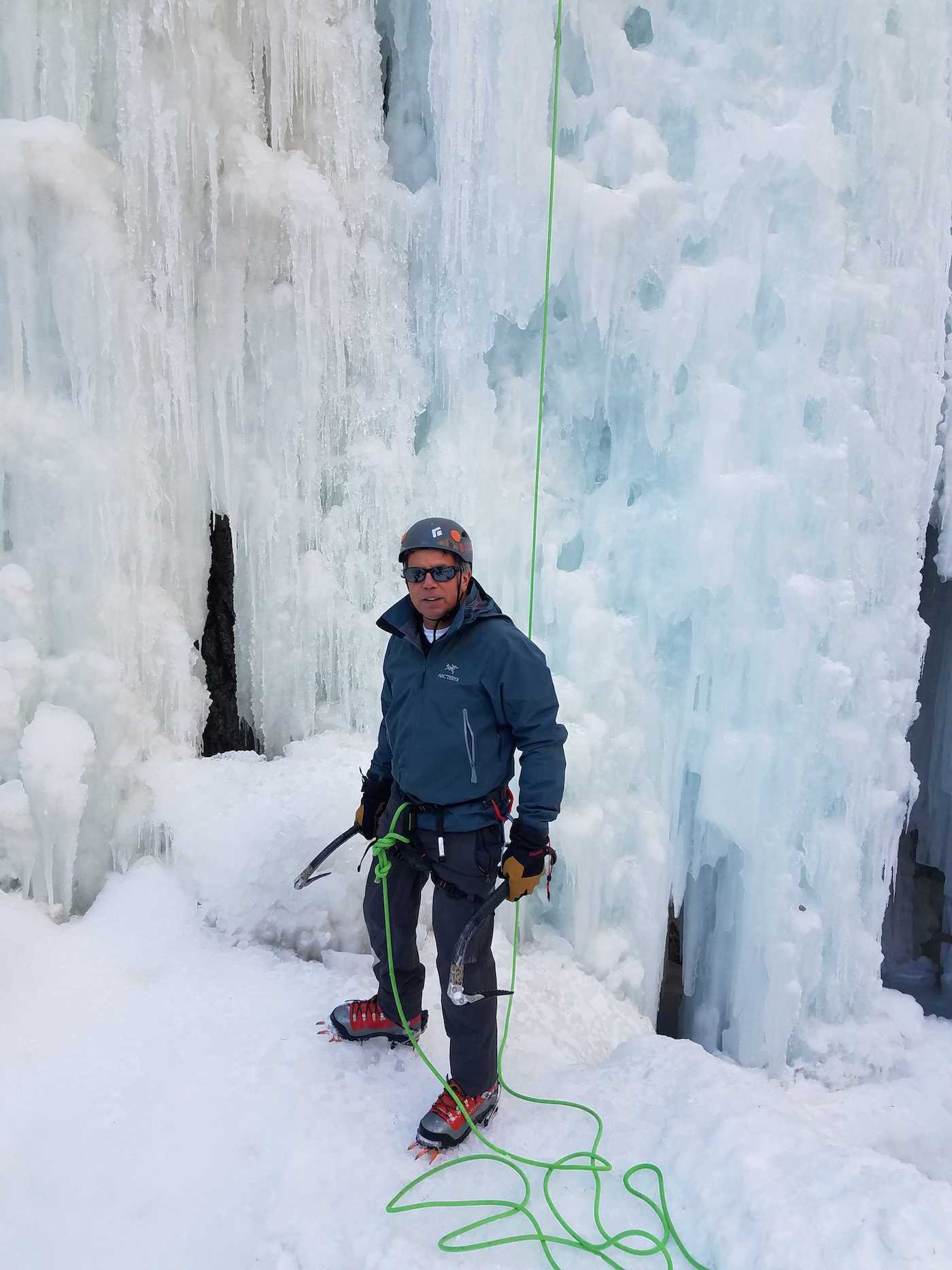The True Story of How Richmond's Manchester Wall was Rediscovered
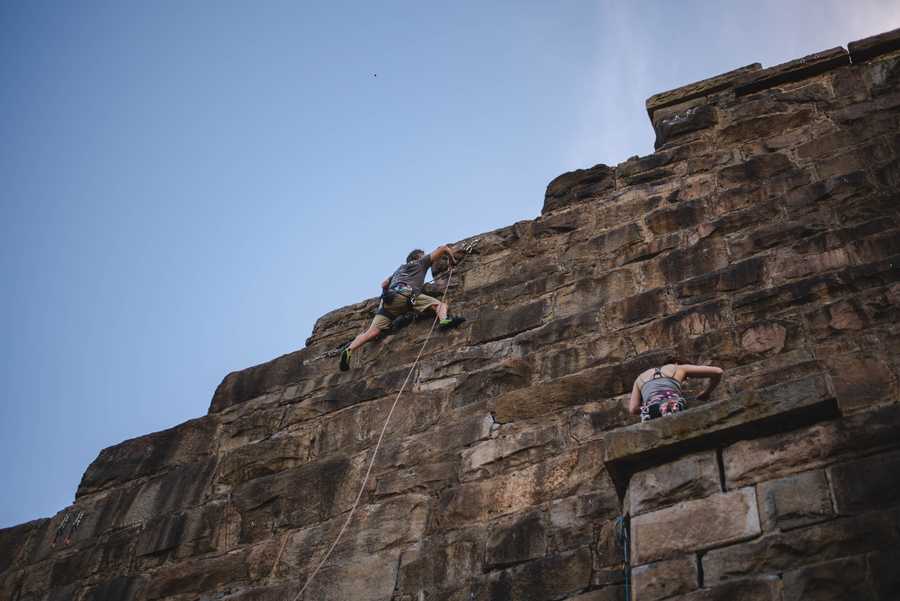
This is part two of a series on the Manchester Wall. If you like to start things from the beginning, check out Part One.
After spotting the wall for the first time from across the river, our adventurers knew nothing would stop them from climbing it.
Getting to the wall that first time wasn’t easy. The group started out on the north side of the river. Today the T. Tyler Potterfield Memorial bridge, back then was just an old disused levy. They crossed the river by walking atop this levy— shimmying along while holding onto the hazardous steel railings. This got them ⅔ of the way across. To get to the wall, they had to walk atop a log jam formed by periods when the river was higher and piled on debris. Upon reaching actual ground again, they bushwhacked their way to the wall. They could walk up a hill to the top of the wall where there happened to be a large I-beam that provided anchor for a top-rope. After all that, Manchester Wall climbing was officially born.
They soon established the first bolted route on the wall, “The Proctologist.” It's named for the many small round holes present on the blocks along the route (the holes were created for the large tongs that were used to lift the heavy blocks when the wall was constructed). These holes really test finger strength, since they’re often the best (only) available holds at certain sections of the route. After establishing this first bolted route, the small, tight-knit, Richmond climbing community kept returning to the wall, often dodging railroad guards who would threaten to arrest them for trespassing. They cleared more ivy and brush to make getting there easier, and put up more routes.
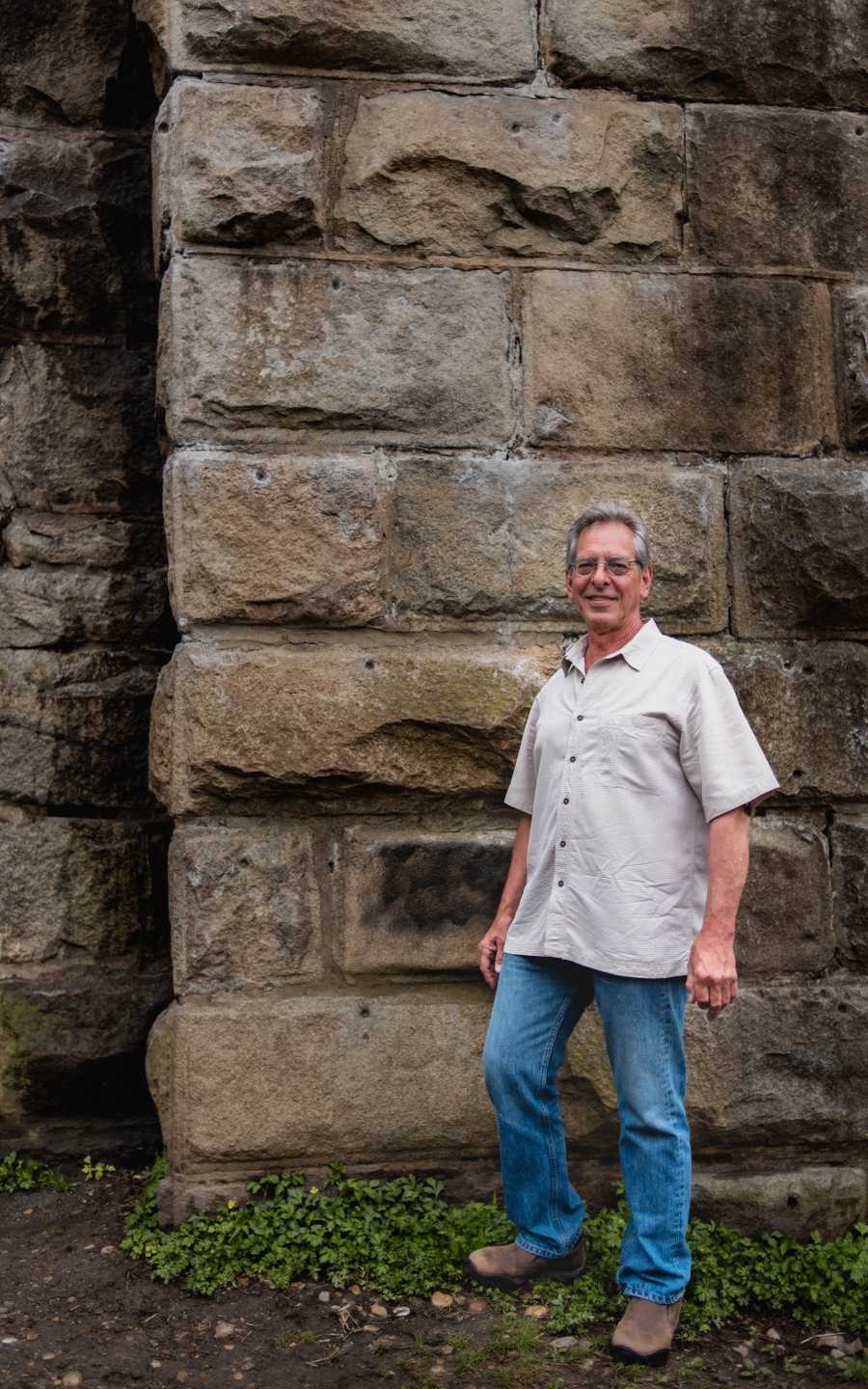
They soon figured out a better way of getting there, by driving to the south side of the river and parking by an old warehouse (where the Suntrust Bank buildings are today). There was still some bushwhacking needed, and they had to cross some railroads to get to the wall, but this was a much better way of getting there. Climbing continued at the wall until dropping significantly in the mid-80s. The threats of arrest from the railroad police at the time were a huge dissuasion.
In the early 90s, things picked up again. The Richmond region now had about 20 to 25 climbers, and more and more routes were being put up on the wall. About half of them were secured from the ground up, or “traditionally”, as Jamie puts it. Jamie and his fellow climbing buddies who discovered the wall became the unofficial stewards at the time. Nothing was done without their input first. Soon, many more routes were forged along the wall, and the pillars jutting out of the river. Climbers established routes as far as the tenth pillar, right in the middle of the James. These further pillars are only accessible when the river is quite low.
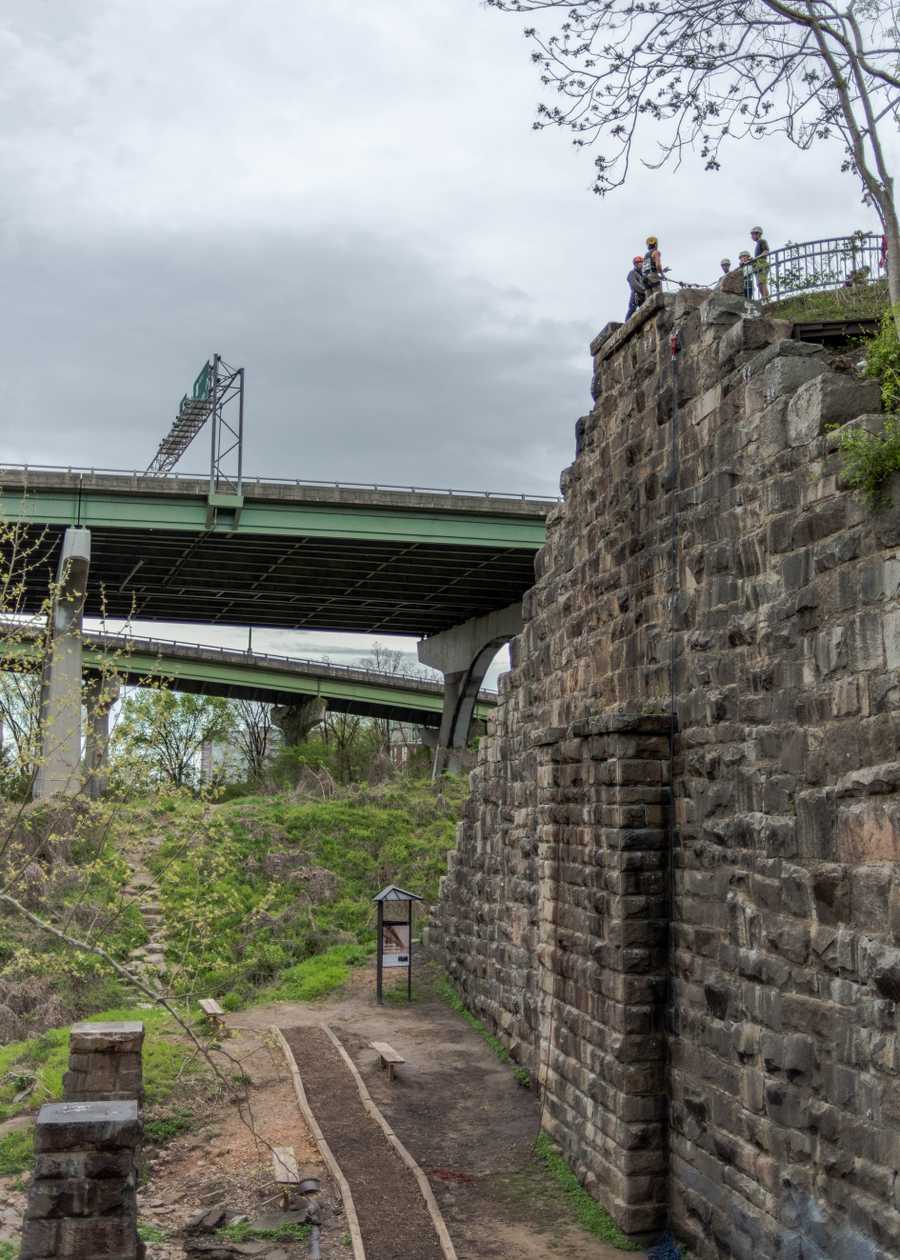
As time went on, and as Richmond’s climbing community grew, the wall transformed. It is now clearly visible from across the river, no longer covered in ivy as it used to be. The James River Park System took over maintenance of the wall and its surrounding area. Climbers no longer need to dodge police and railroad guards, in fact, the city welcomes them. Eventually stairs, paths and the overlook were constructed and several key pedestrian paths join nearby. In 2016 the T. Tyler Potterfield Memorial Bridge was constructed directly over that old levy, allowing spectators to easily watch wall climbers as part of their leisurely strolls through Richmond.
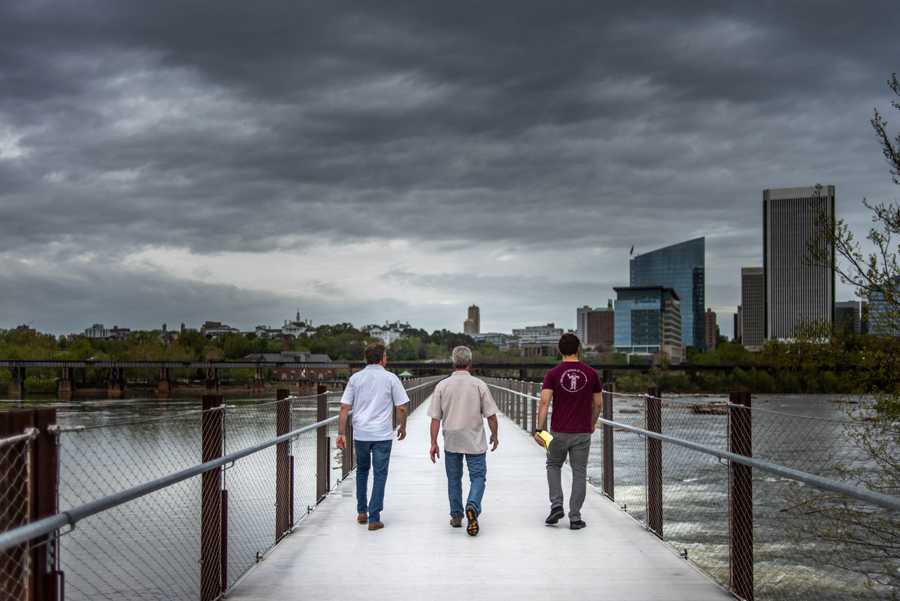
Recently, the original bolts were replaced as a part of a grant from the American Alpine Club. The new bolts weren’t put in the same locations as the original ones, so the routes have altered a little. The value the wall brings to new and experienced climbers alike is unmistakable. Richmond, and climbers from all over, remain thankful to Jamie McGrath, Les Newman, and Rick Atkinson for their adventurous spirit that brought us this gem.
For more information about the James River Parks System and its gorgeous resources, check out their website.

